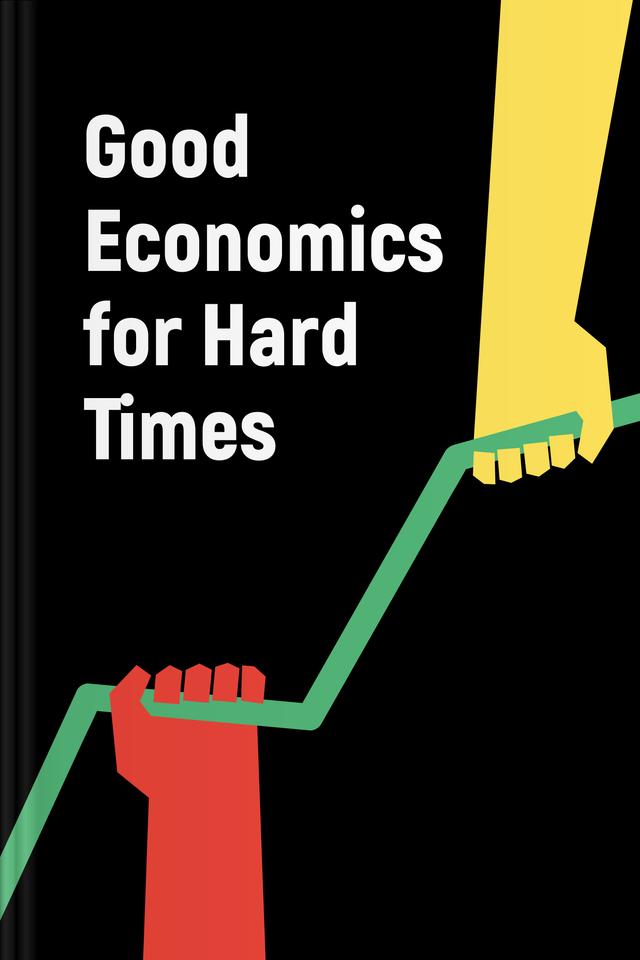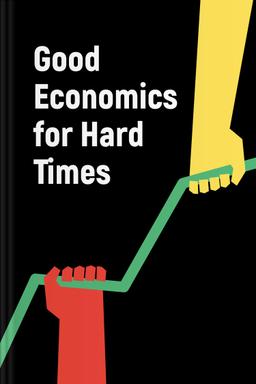You’ll learn
- How to identify flaws in current economic policies
- Strategies for economic inclusivity
- About building a sustainable future
- The solutions to global economic challenges
russia has launched a full-scale war in Ukraine. Donate to support Ukraine and protect the world’s peace.

first KEY POINT
The public disagrees on immigration, trade, growth, inequality, and the environment. The world is becoming more polarized. In the US, for example, eighty-one percent of those who identify with one party have a negative opinion of the others. Sixty-one percent of Democrats view Republicans as racists, sexists, or bigots. Fifty-four percent of Republicans call Democrats spiteful. A third of Americans wouldn’t even endorse marriage across party lines.People are not listening to one another because of the polarization that politicians peddle. Also, there is no consensus on the various social problems and how to fix them.
It behooves social scientists to offer facts and interpretations of facts that will help mediate these divides, hoping that each side will understand what the other is saying. That way, they can arrive at some reasonable disagreement if a consensus is impossible.The present crisis revolves around economic policy issues. What should be the focus of the West? Should it be growth since we are already affluent? Or should it be on the increasing inequality? Can we blame the present situation on international trade? Should we find another manufacturing hub to replace China? Is migration the problem it is painted to be? Should we be as concerned about AI as we are about low-skilled migration?Virtually all economists have an opinion on these topics. Unfortunately, people hardly trust economists. What undermines trust in economists is that there are plenty of lousy economics around. Academic economists do not have time to explain their conclusions for ordinary people to understand.This summary boldly attempts to provide good economics in plain language, hoping that we will apply these principles to hard times.
second KEY POINT
Migration is big news. It is arguably the single most influential political issue in the world’s wealthiest countries. Despite facts that prove otherwise, racist alarmism, driven by a fear of the intermingling of races and the myth of purity and political ambition, has been crying wolf about the adverse effects of immigration.Annually, 1.5 million people migrate within the European Union, while 2.5 million people from other parts of the world migrate to the European Union. 2.5 million is a negligible number when the total EU population is considered. These migrants, in large part, are in the EU legitimately. Though there was a spike in the number of refugees in the EU between 2015 and 2016, normalcy returned in 2018. Only 38% of asylum requests received approval; that’s 1 for every 2,500 EU residents.People often favor sentiments over facts when migration issues come up in conversations. First, wage differences between countries have relatively little to do with whether people migrate. Second, no evidence supports the idea that large-scale migration of low-skilled workers reduces the locals’ job opportunities.

Continue reading with Headway app
Continue readingfirst KEY POINT
second KEY POINT
third KEY POINT
fourth KEY POINT
fifth KEY POINT
sixth KEY POINT
seventh KEY POINT
eighth KEY POINT